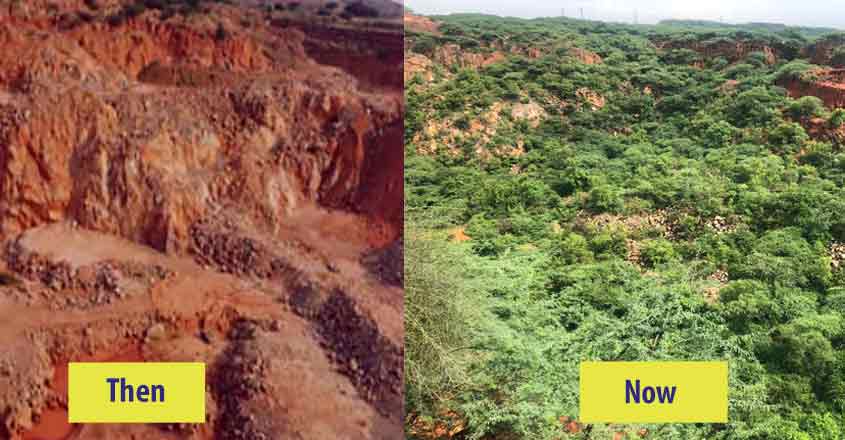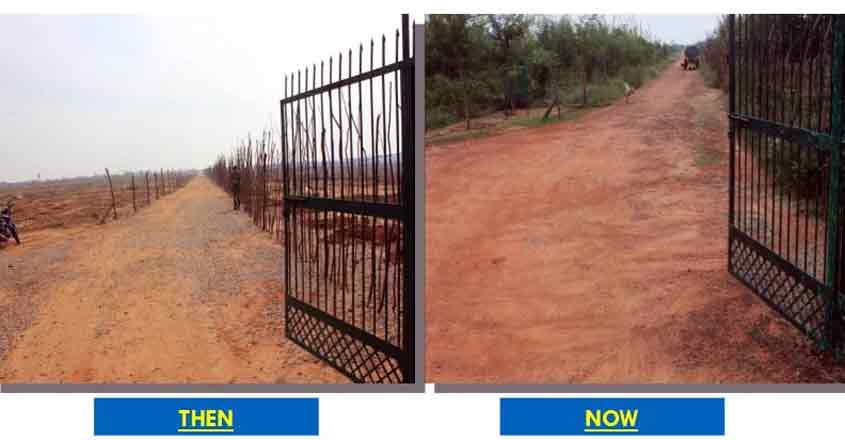Asola Bhati: Tale of a parched sanctuary turned green again

Mail This Article
New Delhi: Freed from the clutches of illegal sand miners, the Asola Bhati Wildlife Sanctuary on the southern ridge in the National Capital Region is returning to its pristine glory, providing an ideal getaway for nature lovers right in Delhi's backyard.
The Delhi Forest Department, in coordination with the Eco Task Force of the Indian Army, has been working tirelessly to ensure each and every inch of the barren land turns green again.
In the sanctuary spanning around 3,900 hectares, around 27 lakh trees have been planted between 2001 to 2017 to ensure that the wildlife does not lose its natural habitat. The sanctuary which is on the Delhi-Haryana border also has more projects in the pipeline for its beautification.
"We are also planning to build a cycle track as well as an eco trail so that people can come and visit the area and use the facilities. As of now its mostly schoolchildren who are the visitors. Many people don't even know that this place exists and it is close by too," Deputy Conservator of Forests Saurabh Sharma said.
The Army, along with the help from the Forest Department, is on an afforestation spree to ensure the green belt is not lost and natural water bodies are created for the wildlife.

As one walks into the sanctuary, one is welcomed by peacocks and monkeys. Leopards, hyenas, and blue bull can be occasionally ne spotted too. 'Monkey points' have also created to ensure the monkeys do not enter residential premises and food is provided to them so that they remain in their natural habitat.
Surprisingly, the troops deployed to restore the sanctuary had even spotted a tiger as well around five months back.

Last year, the concept of 'food forests' had also been implemented in the sanctuary and turmeric, lemongrass, and jamun are among few things that are growing.
"People made a lot of money by mining minerals from here but now no mining activities are allowed. We want to develop the concept of a food forest so that people know that this is also a way of sustainability which also has a commercial value as well," said a sanctuary official who did not want to be identified.
The major objectives are to ensure that the green belt of Delhi grows, there is low cost soil moisture conservation, as well as to ensure grassland, pasture and waste land development and also replenish the ground water. There are many water bodies inside the sanctuary which are filled with rain water and also serve the wildlife there.

Even though encroachments and inhabited areas nearby are a challenge, the forest officials try to tackle them but admit that their area is big, "and the hands are less".

